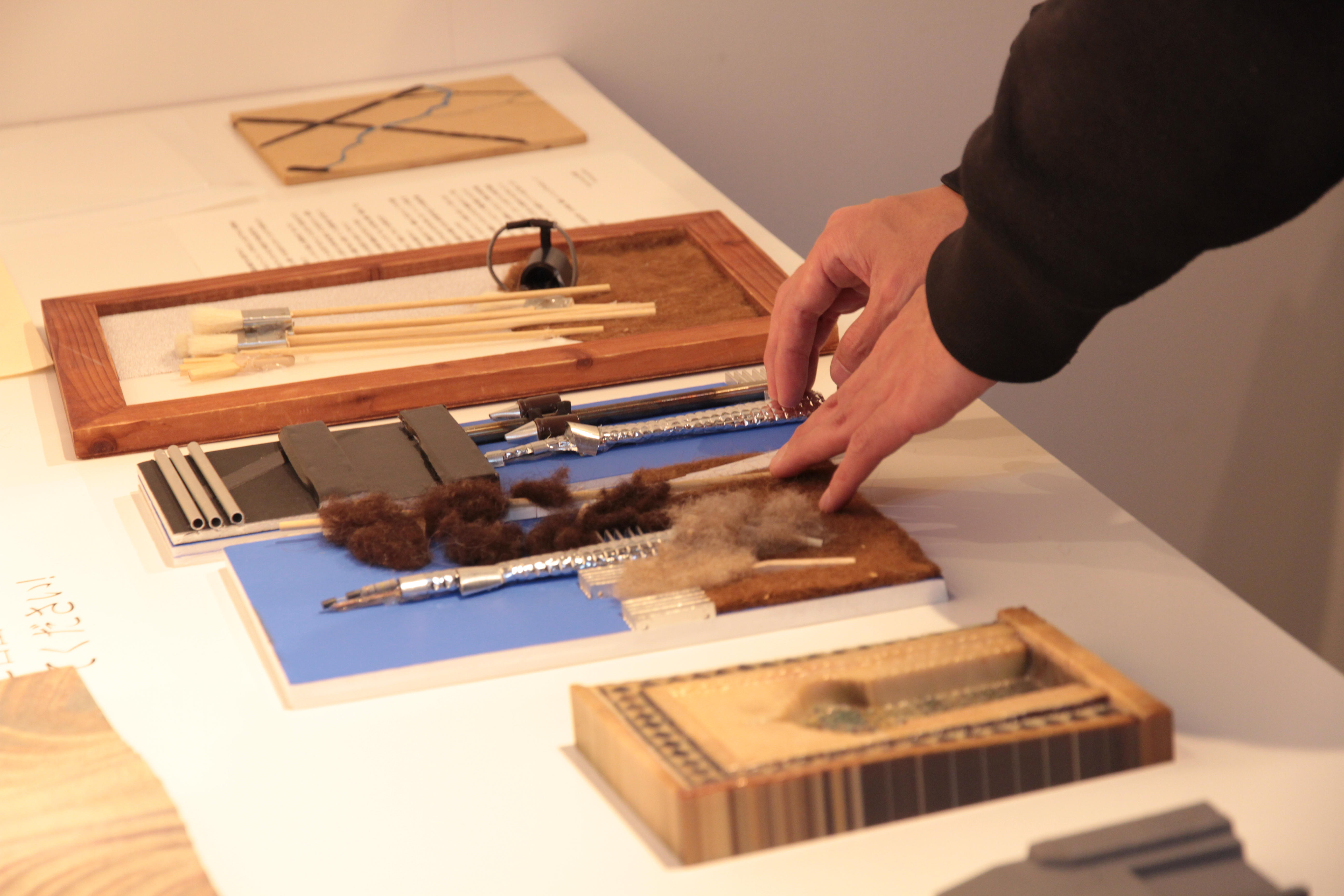Paul Graham Interior, Rainton Services, North Yorkshire, November 1981
Tuesday 26 April 2011
Deutsche Börse Photography Prize 2011 | 5 April - 1 May 2011
Roe Ethridge, Pumpkin, 2010.
Jim Goldberg, Open See, 2009.
Thomas Demand, Haltestelle, 2009.
Elad Lassry, Skunk, 2009.
Labels:
photography
Sunday 17 April 2011
Wangechi Mutu
Death by Mariposa, 2006
Ink, acrylic, collage and contact paper on Mylar; 17" x 25 1/4", 20 3/8" x 38" framed
Cactus Green Nips, 2009
Mixed media on Mylar; 46" x 53", 52 1/2" x 58 1/2" framed
Before Punk Came Funk, 2010
Mixed Media ink, paint, collage on Mylar; 54" x 51"
Spanning a wide range of media, Mutu employs interventionist methods of collage and assemblage to inventively critique the institutions of power and representation that regulate both the aesthetic and symbolic status of the gendered and racialized body. Mining such diverse sources as fashion magazines, pornography, and documentary photographs, Mutu's striking combination of the surreal, grotesque, and seductive reflects the underlying currents of violence and psycho-sexual tension embedded within the legacy of colonial discourse and the American subconscious at large.
Mutu's variegated surfaces move decisively between dense layers of spliced images, glitter, paint, and beads to the swirling calligraphic markings of snakes and hair that give voice to these dystopic scenes of desire, horror, and excess. Mutu’s formal methods of collage and montage allow for a mixing of photographic genres and styles culled from the mass media—a representational strategy that not only resists binary determinations but complicates and disrupts the very terms upon which we read images. Through the often jarring incongruities between her collaged elements, from the performative sexuality of pornographic poses to the ethno-centric bodies captured under the anthropological gaze of National Geographic, Mutu plays with the effects of displacement by constructing images that are always already dysfunctional, disordered and destabilizing. What Mutu brilliantly establishes in her charged environments and fantastical tableau is a framework that challenges the question of difference and its attending modes of address, suggesting that resolving these issues is, to borrow the words of the theorist Barbara Johnson, “always a function of a specific interlocutionary situation—and the answers, matters of strategy rather than truth."
Sunday 10 April 2011
Subscribe to:
Posts (Atom)
















